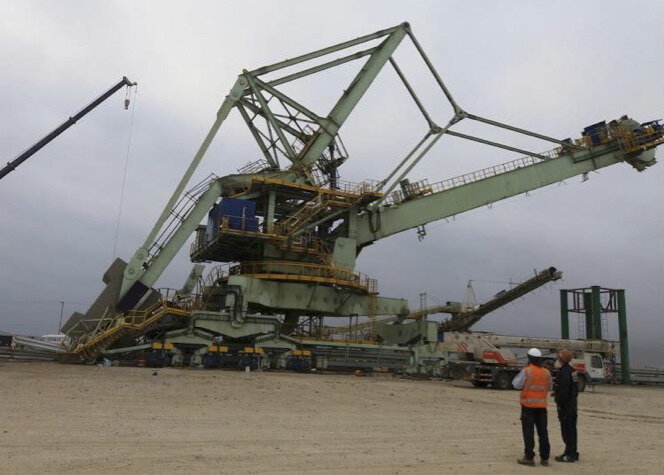Due to an unforeseen event, a clamshell bucket grab unloader moved away from its parked position and derailed, causing visible damage to the pier leg and bridge structure.
The derailment resulted in an offset between the shear leg and the pier leg that caused the bridge structure to skew 10 degrees from its neutral position. This excessive skew angle resulted in contact between the pier leg and the bridge structure which caused visible structural deformation and local plate buckling. The structural damage due to this incident was investigated using three-dimensional finite element analysis (FEA) to simulate the contact condition and to compare the FEA model’s results with the detailed site survey measurements. This facilitated the calculation of the locked-in structural forces in the grab unloader at its derailed position. The buckling modes predicted by the FEA results correlated with the buckling modes visible on the derailed grab unloader.
Structural damage on the grab unloader, caused by the derailment incident.
These FEA results formed the basis for the re-railing methodology, in consultation with the heavy-lifting contractor, which involved pulling the shear leg structure to align with the pier leg structure and then lifting & rotating the pier leg structure to return the long travel wheels back onto the rail. Temporary supports were installed to ensure the safety and stability of the grab unloader during the re-railing process.
Structural plate buckling caused by the derailment incident.
Once the machine was returned to its normal operating position on the rails, several repairs were necessary to remediate the structural damage caused during the derailment. The design of these structural repairs was undertaken using detailed finite element modelling and analysis (FEA) to ensure that the proposed structural repairs met or exceeded the design requirements of the original structure.
The grab unloaded was successfully returned to operation after the completion of the structural repairs and recommissioning of the mechanical, electrical and control systems.














